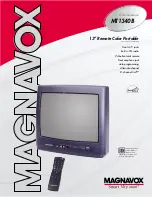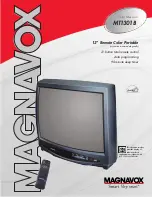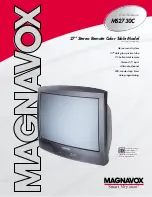
Television / User Manual
29 / 58 TR
USB MODE
--------------------------------------------------------------------------------------------------------------
The file formats
Your television can be operated via the USB
input with the following file formats:
Video data
Video compression / decompression (codec) is
intended for decreasing the storage area with-
out sacrificing the picture quality.
Your TV supports video data compressed
with XVID, H.264/MPEG-4 AVC(L4.1, Ref.
Frames:4), MPEG-4, MPEG-2, MPEG-1, MJPEG,
MOV standards.
File extensions that the device supports: “.avi”,
“mkv”, “.mp4”, “.ts”, “.mov”, “.mpg”, “.dat”,
".vob". Format (codec) information is embedded
within the file content and may differ depending
on the file extension. “.avi”, “.mkv” or “.divx”
files containing divx codec within are not play-
backed.
In addition to video data, these files also con-
tain audio data compressed and "packaged" by
using MP3.
Audio data
Your television can play audio data coded with
MP3 standards.
MP3 stands for MPEG-1 Volume Level 3 and is
based on the MPEG-1 standard developed by
MPEG (Motion Picture Expert Group).
These formats enable audio files to be saved on
storage devices with a sound quality similar to
that of a CD.
File extensions supported by the device: ".mp3",
".m4a", ".m4a"
MP3 files can be organised into folders and
subfolders similar to the files on a computer.
Picture data
Your television can display picture data in JPEG,
PNG and BMP formats.
JPEG stands for Joint Picture Experts Group. This
process is intended to compress picture files.
PNG and BMP standards are designed to com-
press picture data without any losses.
Picture files can be saved onto a data medium
along with other file types.
Such files can be organised as folders and sub-
folders.
















































